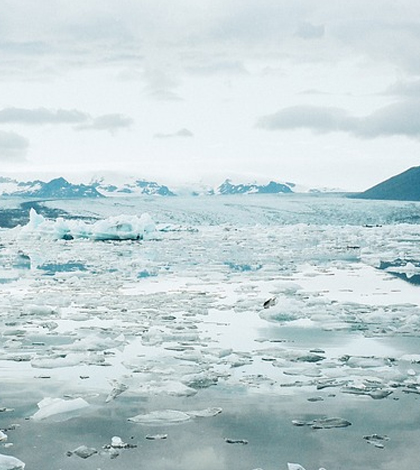Warming Arctic, unstable jet stream linked to extreme weather

A study by scientists at Rutgers University and the University of Wisconsin finds that a wavier jet stream over North America can be attributed to warming in the Arctic, according to a release from Rutgers. This instability has been cited as one reason the jet stream has dipped so far south at times and contributed to more extreme winter weather.
Scientists say that more flexible jet streams have been occurring more frequently since the 1990s and play increasingly more prominent roles in weather around the northern hemisphere. A cold snap in February 2015 can be attributed to jet stream activity, they say, as the stream reached southward in a trough that covered large portions of the U.S. east with cold and snow.
“The real story is how persistent the pattern has been. It’s been this way nearly continually since December 2013, warm in the West, cold in the East,” said Jennifer Francis, climate scientist at Rutgers, in a statement. “We think with the warming Arctic, these types of very wavy patterns, although probably not in the same locations, will happen more often in the future.”
Scientists note some of the effects that the variable jet stream has caused, including cold outbreaks in Florida that have diminished orange crops; warmer ocean temperatures off the coast of California; and a warmer winter than usual for Alaska.





0 comments